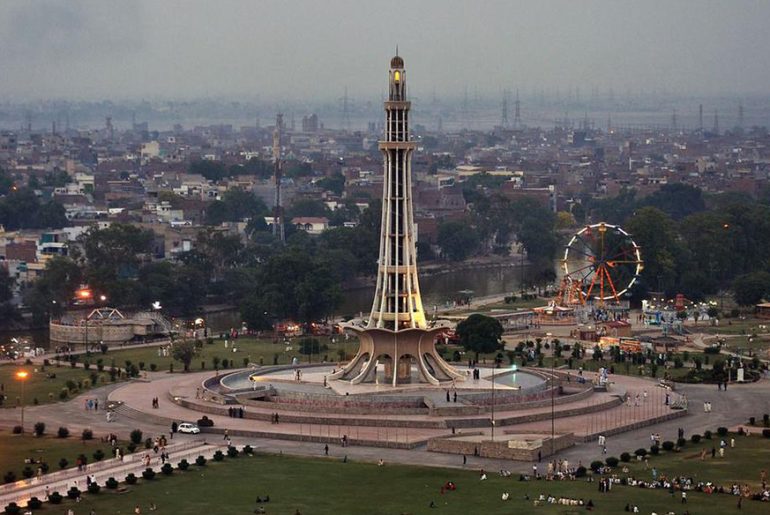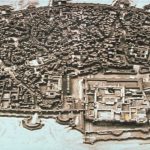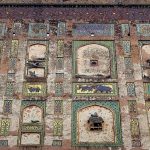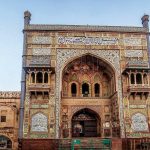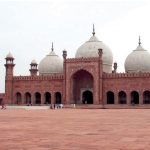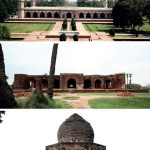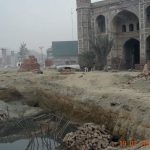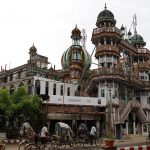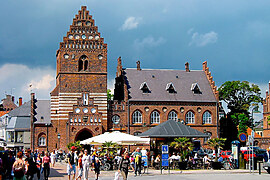As one remembers India’s glorious ancient past, the “unity in the diversity” has held it together for thousands of years. The nation’s oneness has survived despite the multiple conflicts over the years. Here one remembers India’s first Prime Minister Jawaharlal Nehru’s words in his book Discovery of India; “She was like some ancient palimpsest on which layer upon layer of thought and reverie had been inscribed, and yet no succeeding layer had completely hidden or erased what had been written previously”. Lahore which was once a part of India until the “Partition of 1947” is like the palimpsest which on denuding; each layer reveals a glorious past in a new light. One can only look up with awe and wonder upon this land whose glorious past needs a total rediscovery.
The Historical and the mythical past
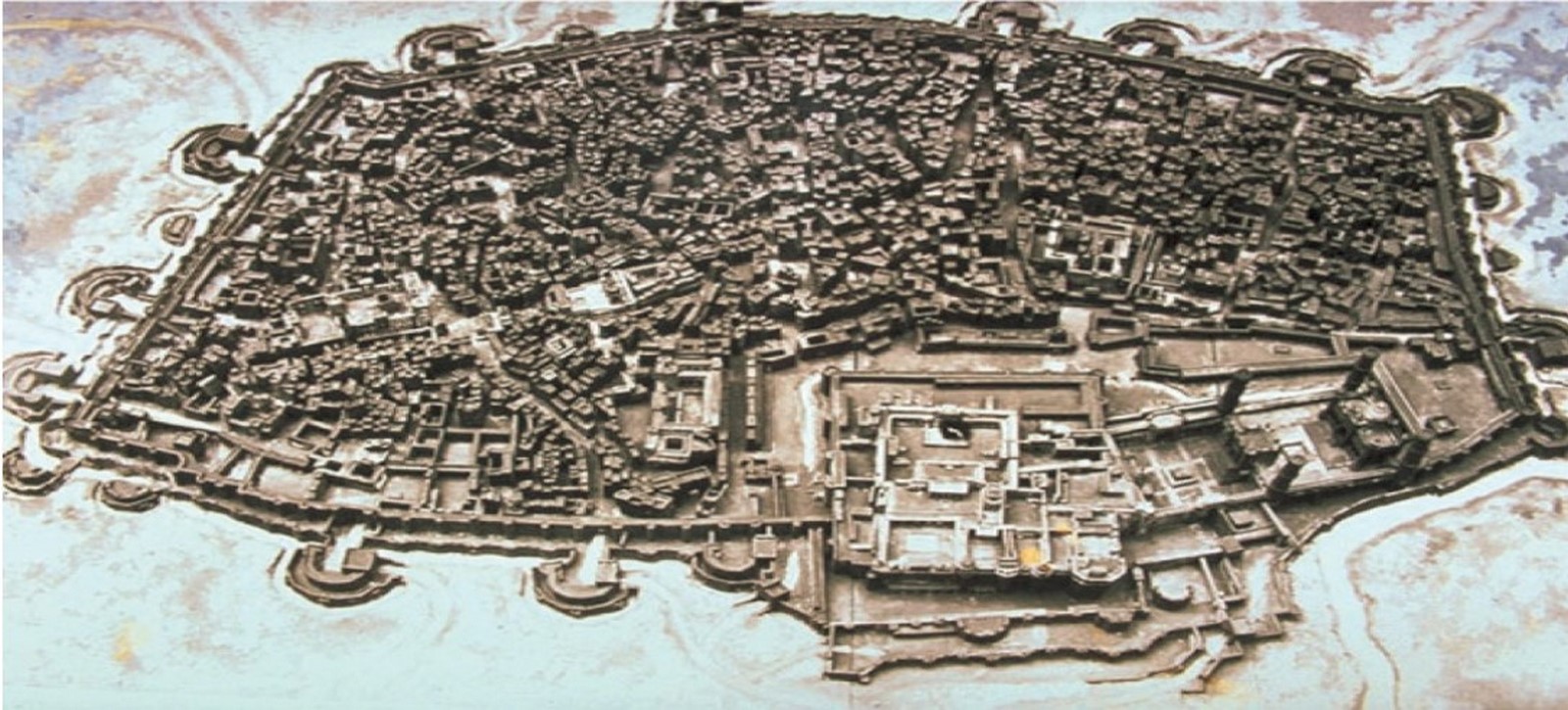
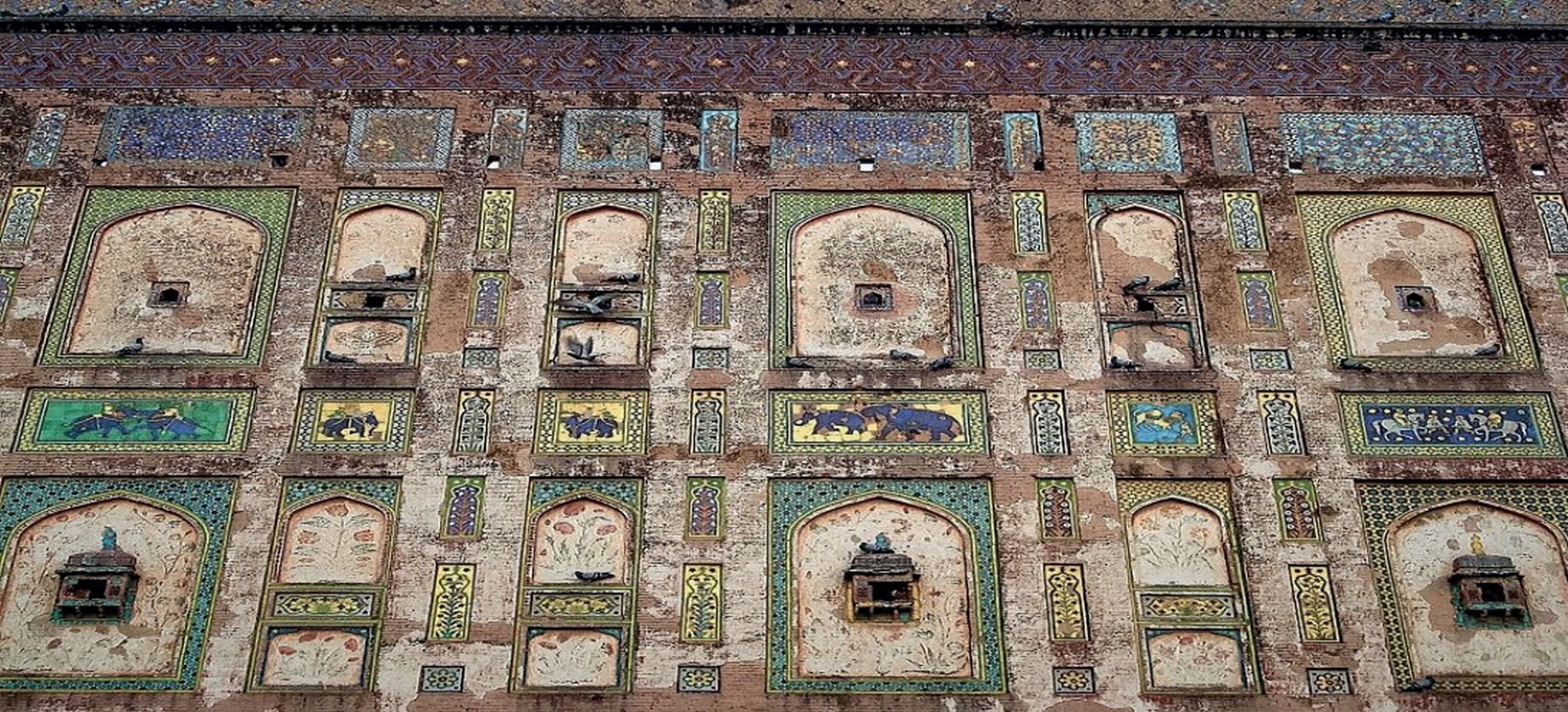
If we know of Lahore as a city in Punjab; the land of five rivers, of the late Harappan era; then it is not. Remnants of its historical past can be found in the ancient Indian scriptures of Rig Veda, written approximately 3500 years ago. In the Rig Veda, references can be found about the battle of Dasarajna, a battle between the Bharatas and the ten kings. Mythical references can also be found in the Ramayana which was written almost 2500 years ago. Lahore was a seminal city for over two millennia and continues to be. Myth has it that the city was named after ‘Loh’, who is the son of Rama who is the seventh incarnation of Lord Vishnu. The old walled city and its nearby fort dates back to almost 300 years ago around which the river Ravi once flowed. People resided on the high mounds of the plains and during that time, multiple faiths co-existed such as Hinduism, Buddhism, and Jainism.
The arrival of the Islam
Before the Mughals and Islam arrived, it is important to understand the pluralism of faiths that existed in the place. The Ummayads, Abbasid, and Fatimid caliphates expanded their territories to integrate the Jewish communities also. Following was the reign of the Ghaznavids, the Mohammed of Ghazni, and the parallel development of Sufism which swallowed other extremist faiths to Islam. The Arab conquests engulfed the Sassanid mores and during the reign of the Ghoris, the Sunni Islam in the region was strengthened and gained importance spreading through trade to different parts of the world. What followed was the establishment of the Delhi Sultanate. During the whole period, resistance from the Hindu Shahis and tribals of Ghakkars also prevailed.
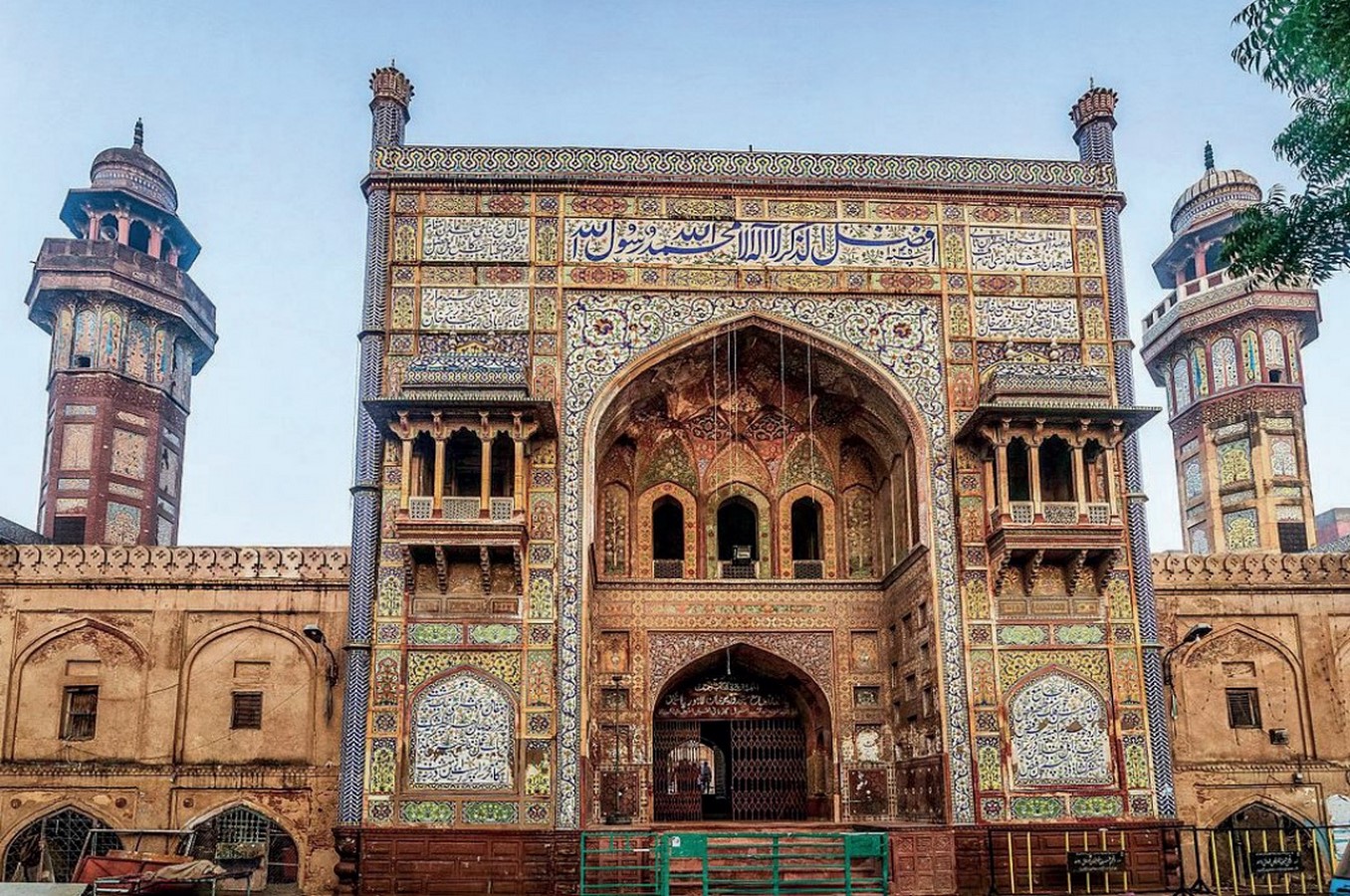
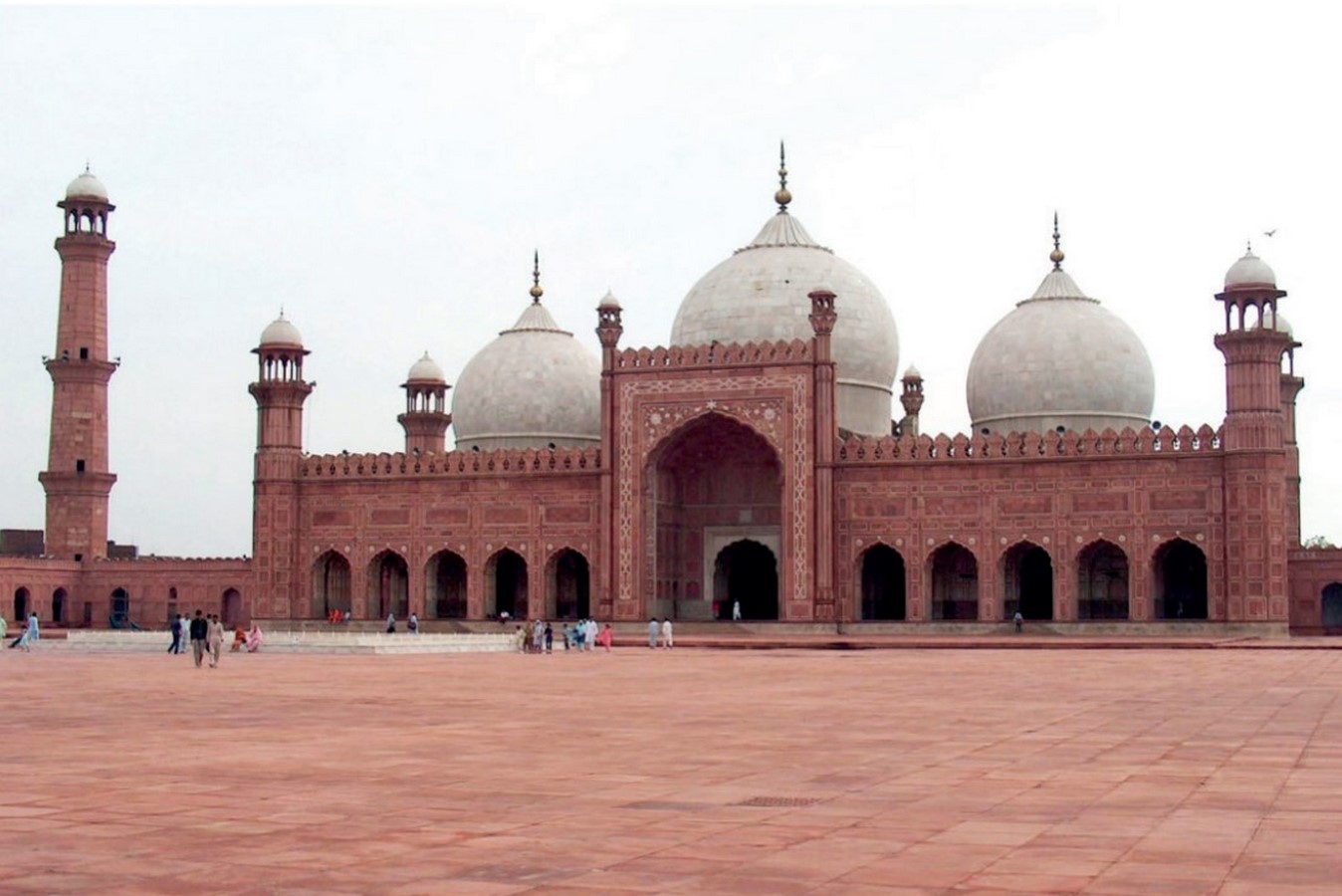
With the arrival of the Mughals, Lahore’s glory reached its zenith. Eventually, all the regions integrated into a vast Muslim territory sharing a common ethos as well as abundant resources. The advent of Sufism also helped to integrate the people of the Al-sind and the Al-hind thus integrating all the people into a whole. This affected the history, arts, and literature of the place positively. The architecture reached its zenith displaying the southern central and West Asian influences.
The Mughals
The 16th to 18th centuries saw the zenith of Mughal architecture. One of the reasons for it is that the rulers had access to immense resources that they channeled to visual arts, especially architecture. They portrayed their immense imperiality and political power through their edifices. the architecture was a synthesis of all the earlier periods that portrayed the epitome of aesthetics, beauty, and power. It marked the transition from the medieval to the modern era. The important monument built during the reign of the Mughals were the Lahore Fort, The Tombs of Shahdara, Naulaka Pavilion, Shahi Hammam, Shalimar Gardens, Wazir Khan Mosque, and the Badshahi Mosque to name a few.
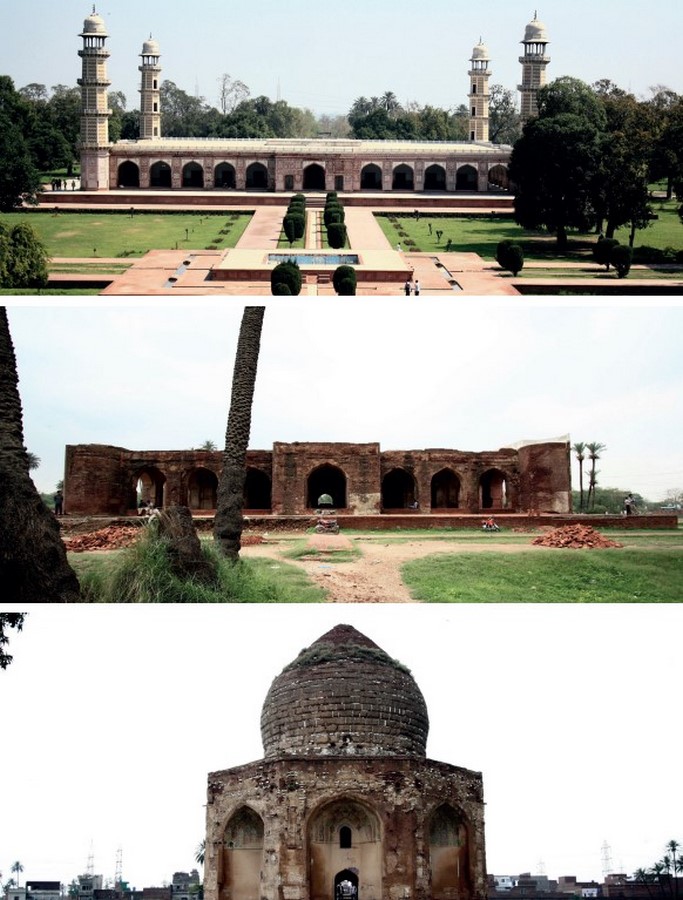
Followed was a brief period of reign by the Marathas and then by the Sikhs, then followed by the British colonial period. Some of the architectural marvels during the British Colonial period include the University of Punjab, Government College University, Lahore Museum, Lahore High Court, and King Edward Medical University to name a few. Some edifices were repurposed and converted to churches and some of them were refurbished to suit the East India Company’s requirements. Post the Partition of 1947 and its tension, the city took some time to stabilize and the modern Lahore began to develop alongside the old city but forgetting its past layers.
Urbanisation and the Call for Action
Even though some of the major heritage monuments found their way to the UNESCO World Heritage sites, and the Archeological Survey of India and the Archeological Survey of Pakistan Pre and Post the Partition of 1947 did the best they can to protect the rich heritage; the development of the modern Lahore and its rapid urbanization and industrialization and its investment in the mega infrastructure had its share of problems.
Lahore is the 15th most populated city in the world with more than 14 million inhabitants, and a population projection of over a million people by the year 2050, the city needs investment in mega infrastructure. In one of the projects of road widening, two of the three water reservoirs of the Shalimar Gardens even though protected under the Pakistan 1975 Antiquities Act as well as in the Unesco world heritage sites were destroyed.
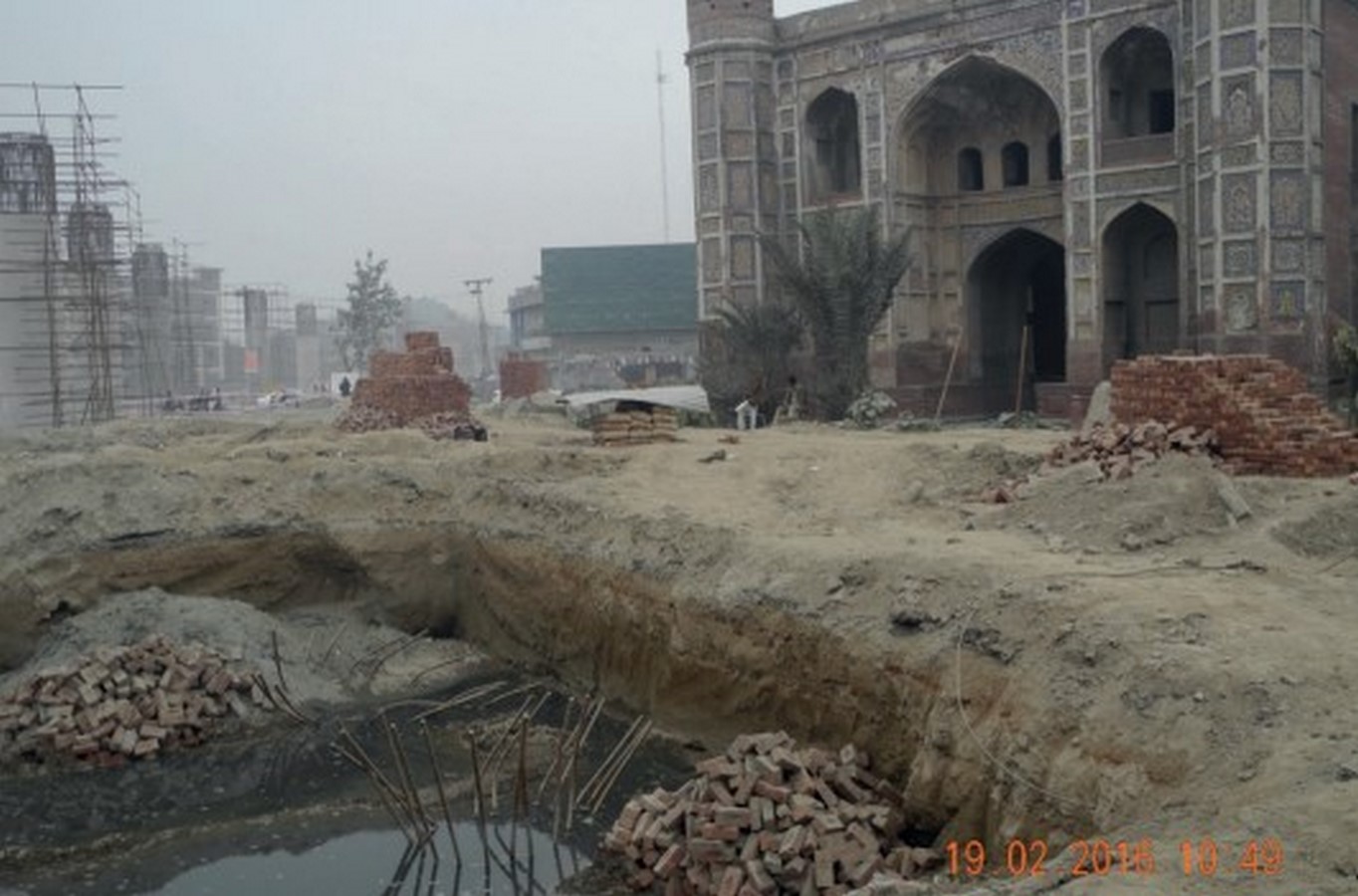
Another such project was the Orange Line metro project. Even though it was designed with the good intention of reducing traffic and pollution through mass transit, the choice of routes along the 27.1 km line encroached on the 200-foot-protected buffer zones of the heritage monuments. The No Objection certificate was issued by the Archeology Department of the Government of Punjab with no proper analysis of the Heritage Impact assessment. All hurdles were removed and the final verdict only stated that the construction should not impact the heritage monuments.
Conclusion
Lahore’s cultural heritage is, without doubt, a nonrenewable resource, but the citizens need to revisit the palimpsest and unravel the layers of the glorious cultural past and they need to understand it from a new perspective without any bias. This will help to instill in them a new sense of belonging; one that would help them understand the value of the glorious cultural past, at the same time one that is at peace with the present, and develop a mind to conserve the heritage and co-exist with the future developments.
References:
A Symposium held in Cambridge (2017). The History of Lahore and its Preservation of its Historic Buildings. [online]. Available at: https://www.indiran.org/wp-content/uploads/2018/06/Lahore-summaries-web-1.pdf [Accessed date: 22 May 2023].


